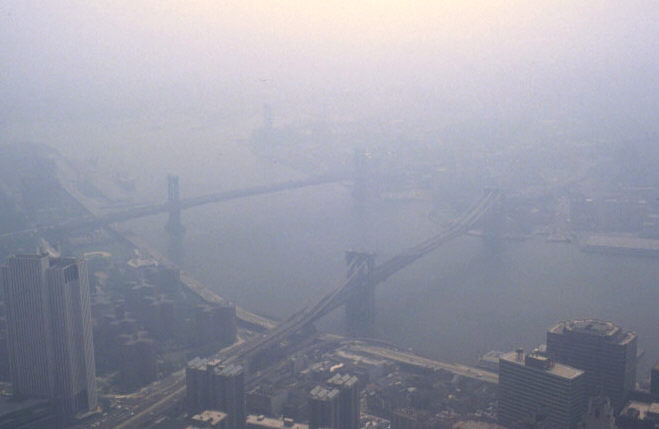In mid-2015, when the Environmental Protection Agency released its Clean Power Plan, it made a prediction of sorts. Under the new policy to cut greenhouse gas emissions in the electricity sector, the EPA said, coal use would decline and the use of natural gas and renewables would increase. The result, by the year 2030, would be a country in which coal, once the leading source of U.S. power, would only provide about 27 percent of the projected generation, with natural gas providing about 33 percent.
Well. According to new data just released in the 2016 Sustainable Energy in America Factbook a project of Bloomberg New Energy Finance, produced for the Business Council for Sustainable Energy the shift may be happening a lot faster than the EPA thought less than a year ago.
In detailing just how transformative the year 2015 was for the U.S. electricity system, the report notes that coal only accounted for 34 percent of U.S. electricity last year versus 39 percent just a year earlier, in 2014, and 50 percent in 2005. Thats a steep decline indeed.
In contrast, the burning of natural gas buoyed by cheap prices brought on by the shale gas boom produced nearly as much of our electricity. Natural gas is now within striking distance of being the largest source of US power, producing just over 32% of US generation in 2015, notes the report.




